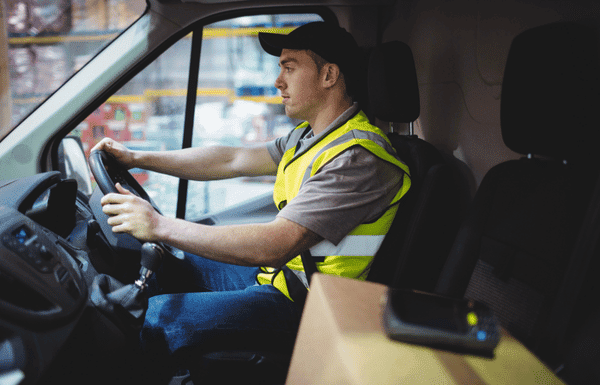The COVID-19 pandemic dramatically transformed the logistics and delivery sectors. As the world adjusts to a post-pandemic landscape, the role of delivery drivers has evolved significantly. Here’s how:
1. Increased Demand for Delivery Services
The pandemic fueled a surge in online shopping, and delivery demand skyrocketed. Even as restrictions eased, consumer behavior has largely maintained its preference for online orders. Delivery drivers now play a critical role in fulfilling e-commerce demands across various industries, including food, retail, and healthcare.
2. Adoption of Contactless Delivery
One of the major shifts in delivery driver roles has been the move to contactless delivery. This new standard is likely to remain in place, as both customers and companies prefer the safety and convenience it offers. Drivers are now trained to handle touch-free deliveries, ensuring that items are dropped off safely without physical interaction, maintaining health precautions.
3. Integration of Technology
The evolution of delivery driver roles includes greater integration of technology in daily operations. Advanced route planning software, delivery management apps, and GPS systems are now essential tools for optimizing deliveries. Many companies are also investing in AI and automation to streamline logistics, enabling drivers to manage more efficient and faster delivery schedules.
4. Flexibility and Gig Work
The post-pandemic world has seen an increase in gig economy roles, particularly in delivery. More drivers now work on flexible schedules, choosing to drive for platforms like Uber Eats, Amazon Flex, and Instacart. This shift has empowered drivers to control their work hours and take advantage of multiple income streams, making delivery jobs more accessible.
5. Focus on Sustainability
Sustainability has become a growing trend in logistics, with an emphasis on reducing carbon emissions. Delivery companies are incorporating electric vehicles (EVs) and eco-friendly practices. Drivers are being trained to use electric fleets, optimize fuel efficiency, and adopt sustainable delivery habits, playing a key role in reducing the environmental impact of logistics.
6. Enhanced Safety and Health Protocols
Health and safety are now top priorities for delivery drivers. Enhanced protocols such as PPE usage, sanitation practices, and health checks have become standard operating procedures. Drivers are required to follow strict health guidelines to ensure the safety of customers and themselves, adding an additional layer of responsibility to their role.
Conclusion
The post-pandemic world has redefined delivery driver roles, emphasizing adaptability, technology, and customer safety. As demand for delivery services remains high, drivers will continue to be a crucial part of the logistics ecosystem, equipped with new tools, flexible work options, and a focus on sustainability and health. This evolution offers opportunities for drivers to grow in an industry that is more dynamic and essential than ever.




